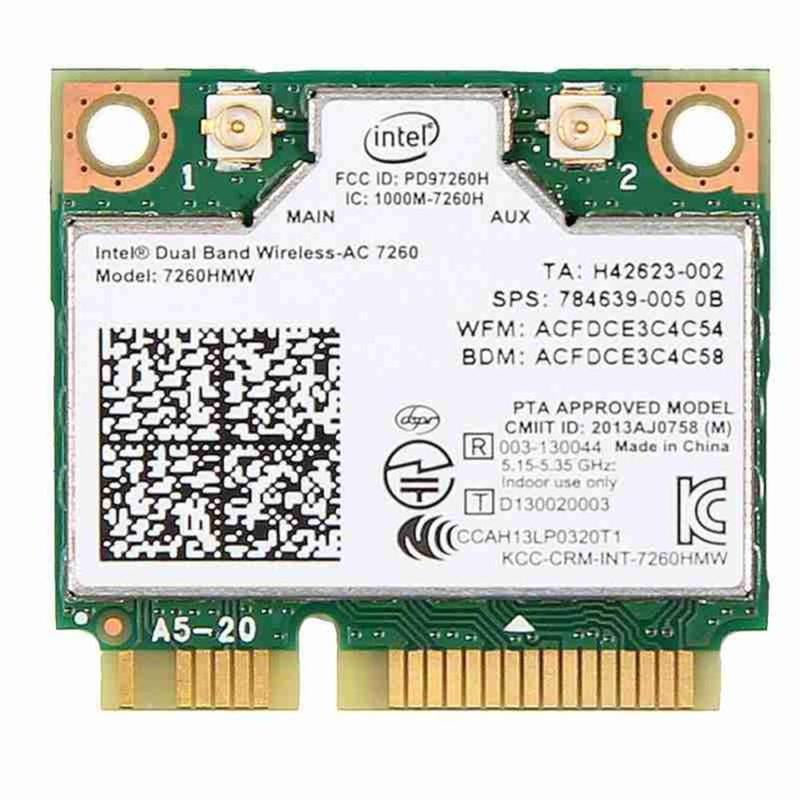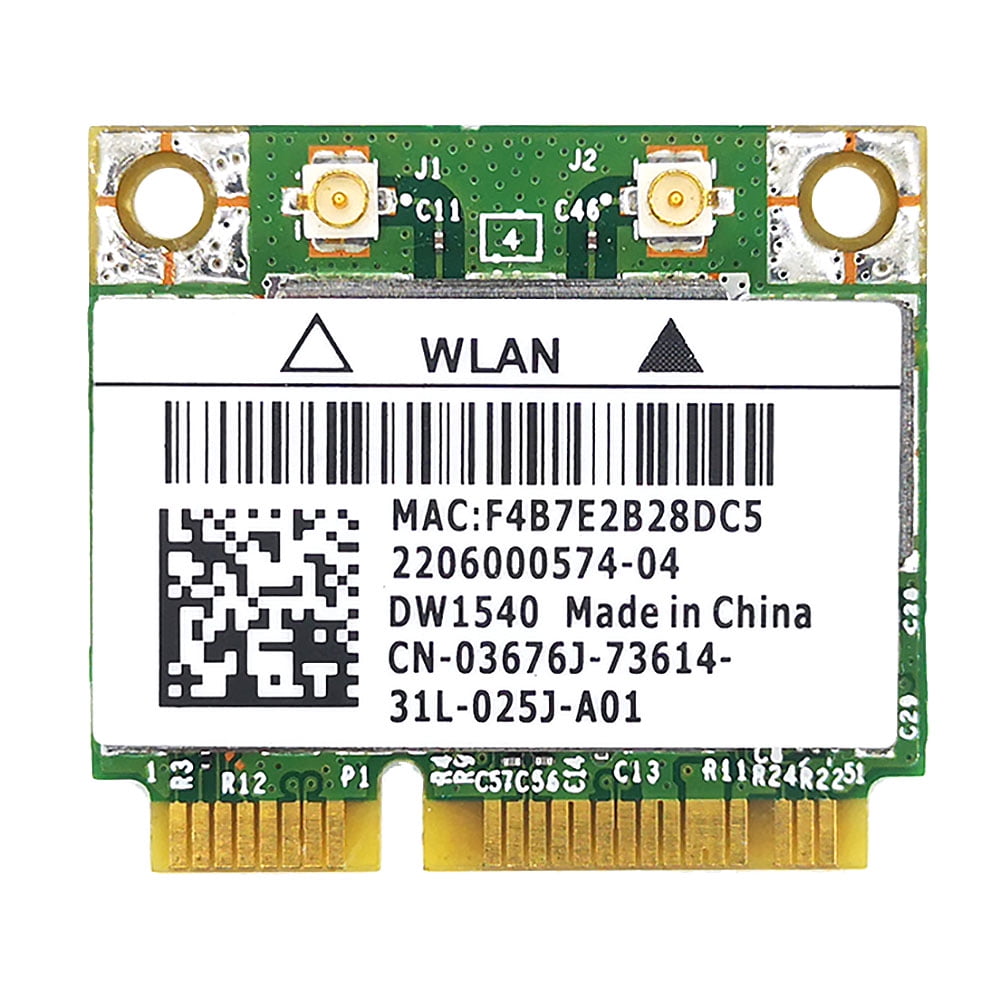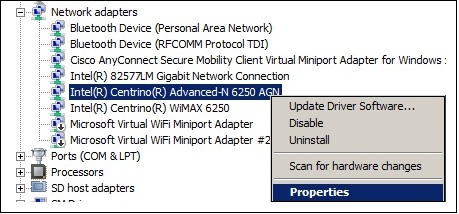
- #Intel dual band wireless ac 7265 bluetooth interference how to#
- #Intel dual band wireless ac 7265 bluetooth interference driver#
- #Intel dual band wireless ac 7265 bluetooth interference Pc#
- #Intel dual band wireless ac 7265 bluetooth interference windows#
You can read more about this specific issue in Renzo Notter's blog here: Wi-Fi DoS by RF-Jamming from faulty Intel Driver.
#Intel dual band wireless ac 7265 bluetooth interference driver#
However, this issue can also be resolved with a driver update.
#Intel dual band wireless ac 7265 bluetooth interference Pc#
You can find an overview of adapters and recommended driver versions in this knowledge base article from Intel.Īs an additional note: If a pc has the Wi-Fi card Intel® Dual Band Wireless-AC 8265 from 2016, this can cause major problems for Wi-Fi networks regardless of wireless standard, because the pc floods the wireless network when it comes out of hibernation.
#Intel dual band wireless ac 7265 bluetooth interference windows#
Intel also has a dedicated application called Intel® Driver & Support Assistant, which keeps Windows up to date with the latest driver versions for their products. These problems are mostly resolved with a driver update, but it's important to know that those updates are not part of any Windows updates, so they will need to be updated manually. Several Wi-Fi adapters from Intel have known issues with Wi-Fi 6 networks.
#Intel dual band wireless ac 7265 bluetooth interference how to#
And while we have not recorded any specific cases yet, it might be useful to be aware that based on experience, this type of electronics is never early to adopt or support the latest Wi-Fi technology (for a related example, see our article How to connect Mill ovens to mesh wifi). It is however worth keeping in mind that electronics such as panel heaters, bathroom scales, and smoke detectors can also be Wi-Fi clients. We know of specific problems with some older products in this category, and you can read more about these issues below. This tends to bring smartphones, computers, and tablets to mind. What Clients May Cause Problems?Ī client is any device that can connect to a Wi-Fi network. Most of these clients will be compatible with a Wi-Fi 6 network without having support for the very latest standard. So what we mean when we say that a client has compatibility issues is that it does not work normally (or whatsoever) on a Wi-Fi 6 network.Ĩ02.11ac, also known as Wi-Fi 5, was until recently the latest and best standard on the market, and there are still many products on sale that follow this standard both routers, repeaters, mesh networks and, not least, lots of different Wi-Fi clients. That means that the vast majority of Wi-Fi products you have in your home probably work with a Wi-Fi 6 network, although almost none of them support 802.11ax themselves. Wi-Fi 6 is designed to be backwards compatible with previous standards. "Compatible" basically means "works with".

These are challenges anyone who installs new routers with Wi-Fi 6 may face, and we address them in this article. The reports and results we see so far about the deployment of Wi-Fi 6 indicate, among other things, increased performance in terms of better throughput both on 802.11ax clients and some 802.11ac clients on ax networks.Īs usual in the early days of a new technology, we also see some compatibility issues.


If your wireless network does not support Wi-Fi 6, Wi-Fi 6 support in a client will have no bearing on the performance and functionality the client gets on the network. Only if you use a wireless access point (usually a router) with Wi-Fi 6 certification / support for 802.11ax, will you have a Wi-Fi 6 network. However, this support is only relevant when you also have a wireless network that supports the standard. The very first Wi-Fi 6 products hit the markets around the end of 2018 / early 2019, and the latest high-end products, such as smartphones, now support Wi-Fi 6. You can read more about what the standard entails here: Wifi 6: What can we expect from 802.11ax and the designation Wi-Fi 6 itself here: Wi-Fi 6, 5, 4. Wi-Fi 6 is often referred to as "high-efficiency wireless", boasting increased capacities, improved resource utilization and higher throughput speeds.


 0 kommentar(er)
0 kommentar(er)
